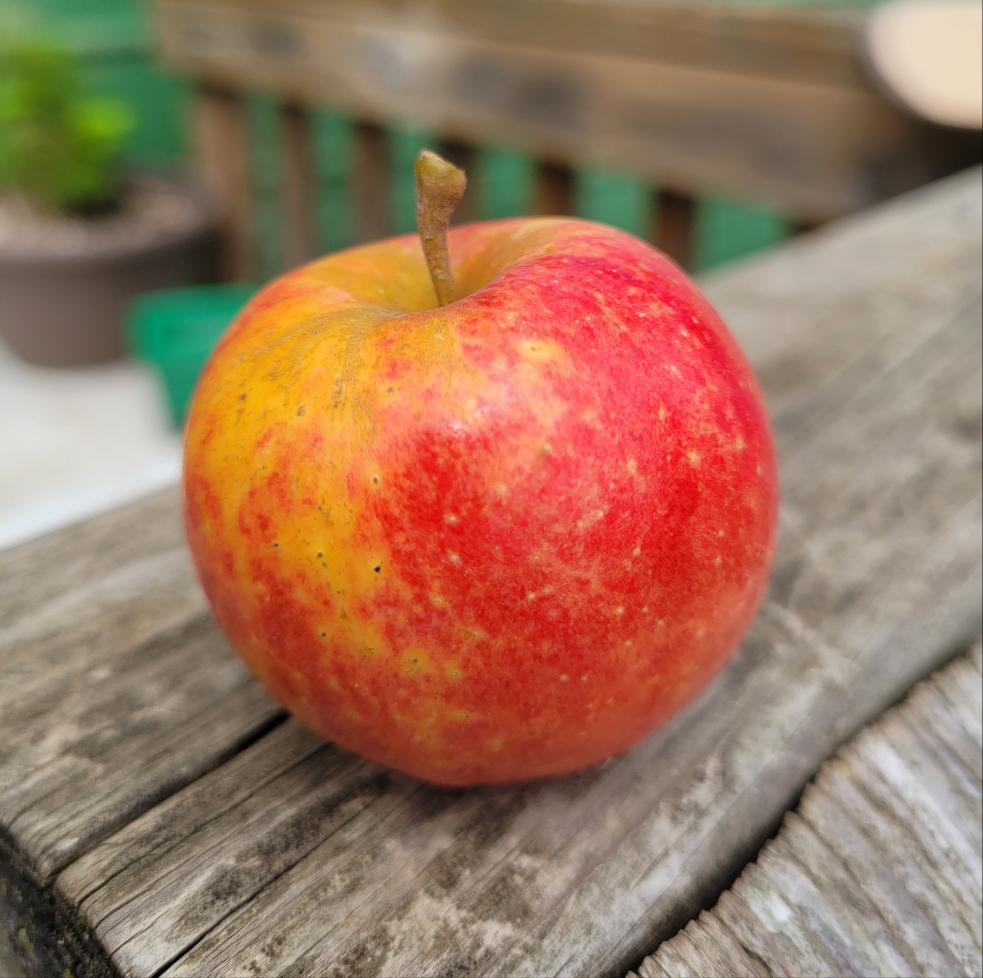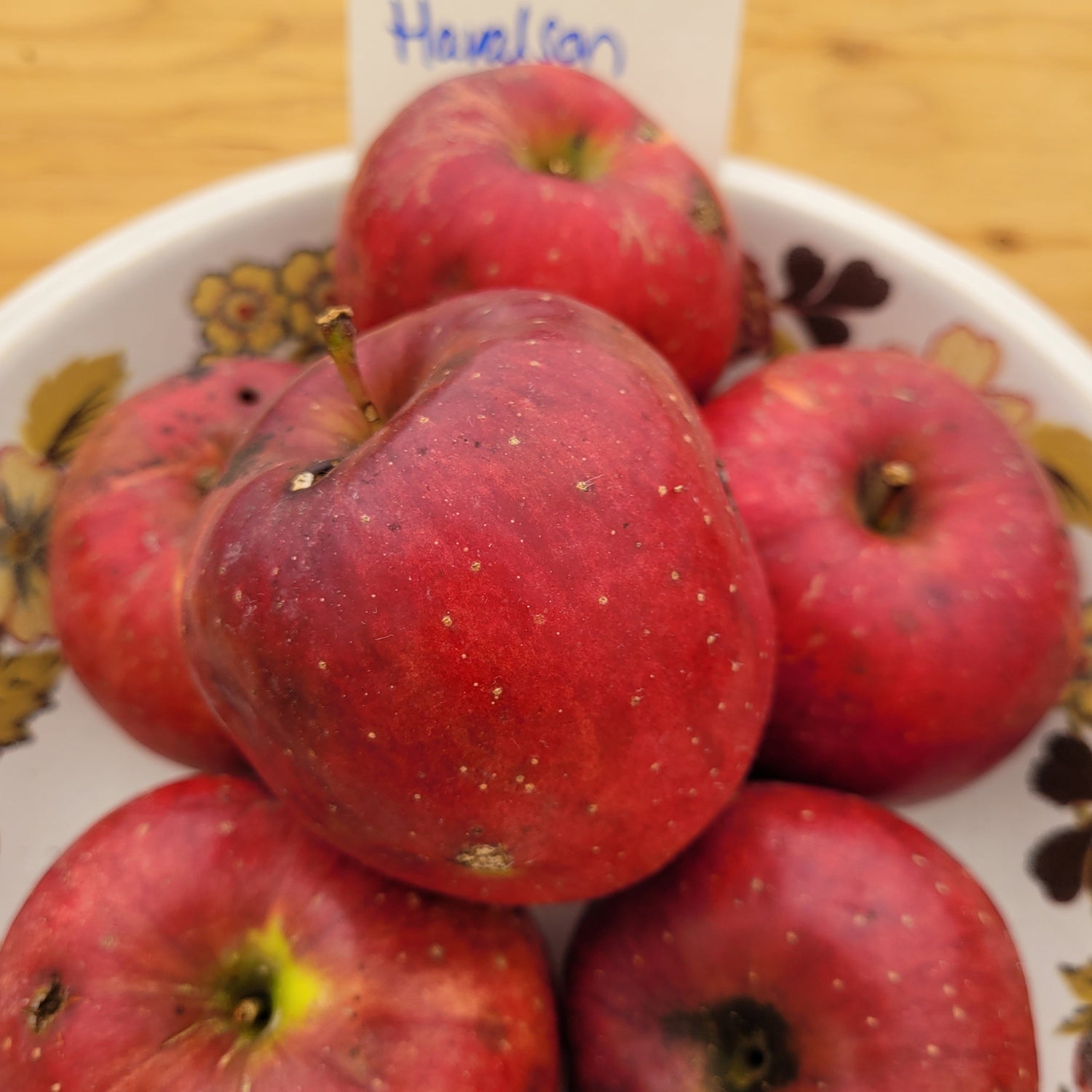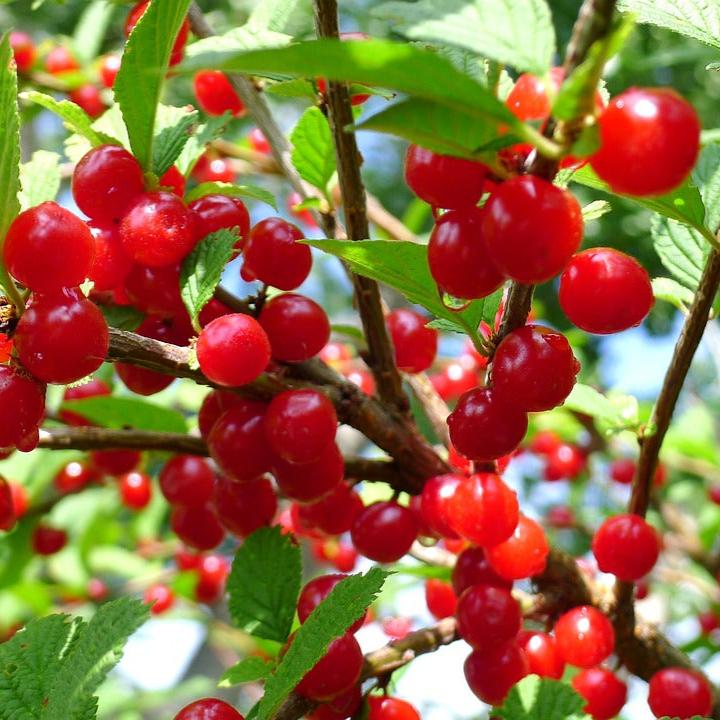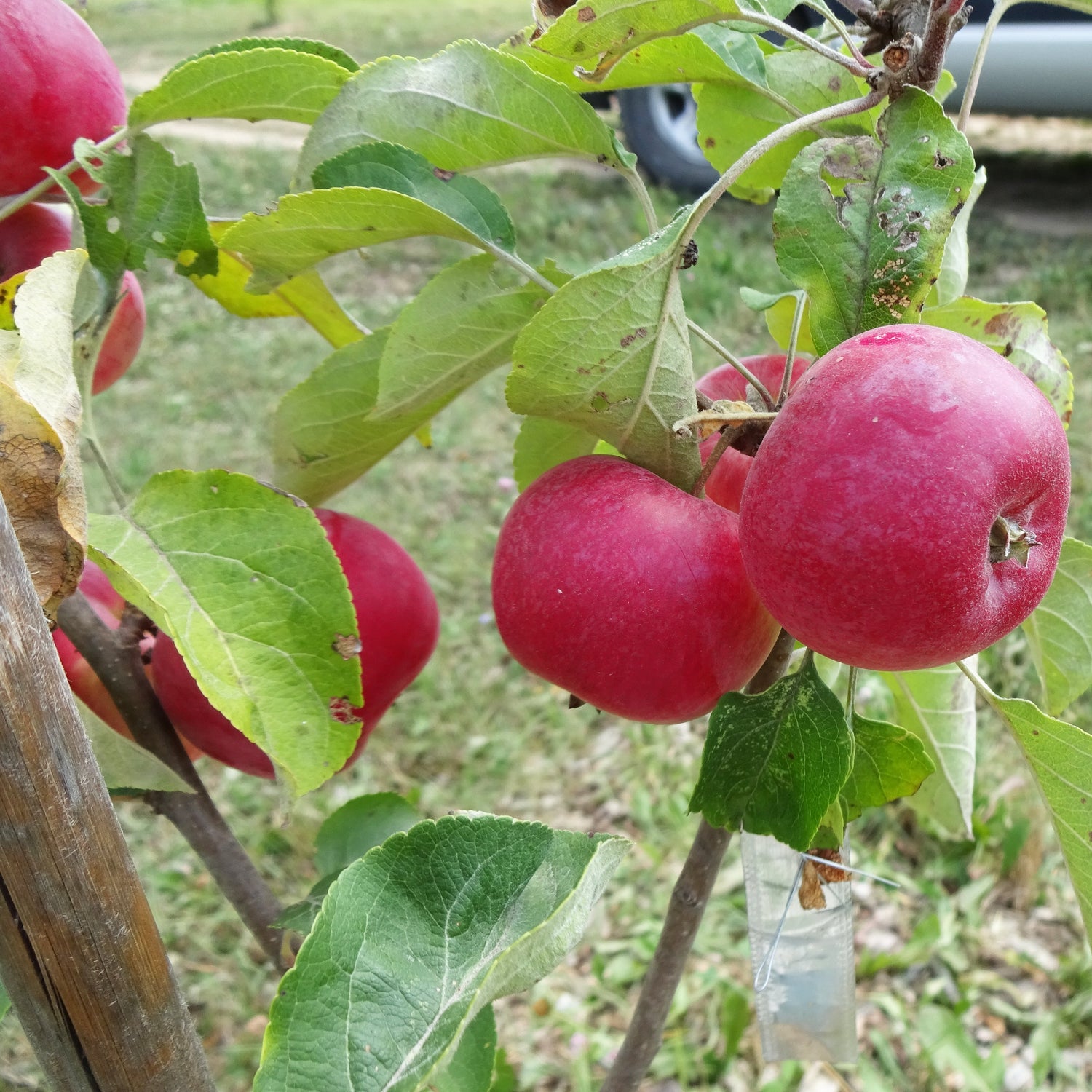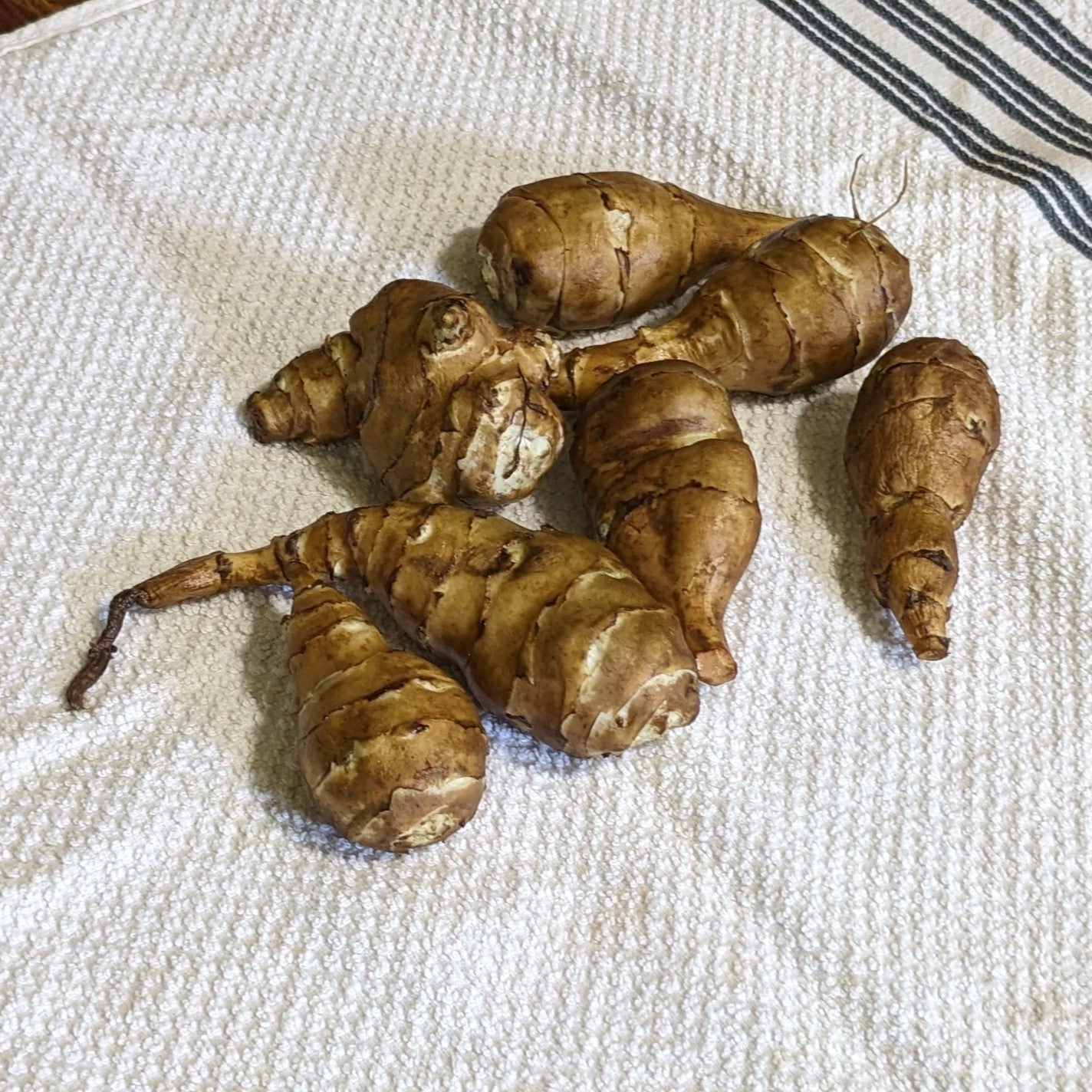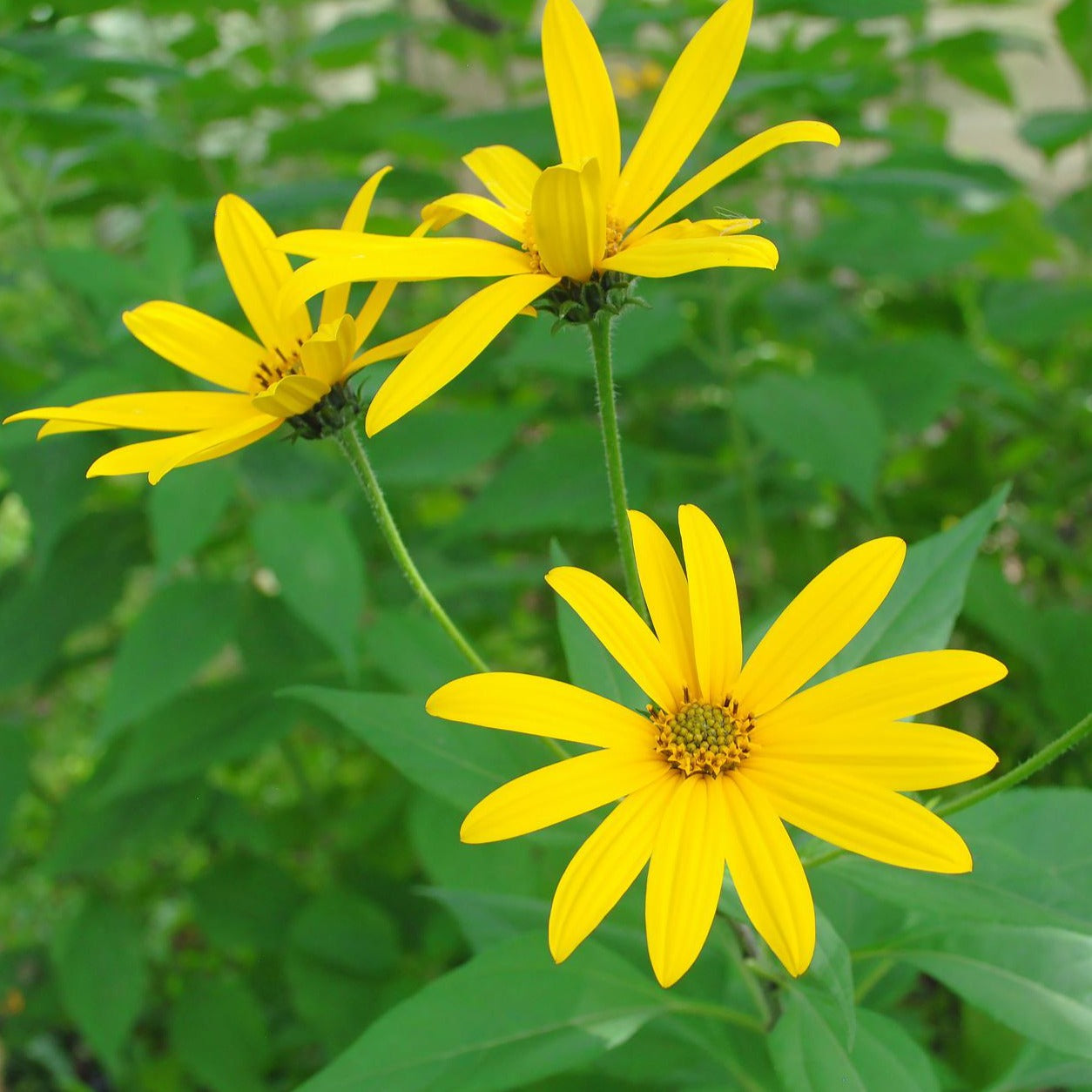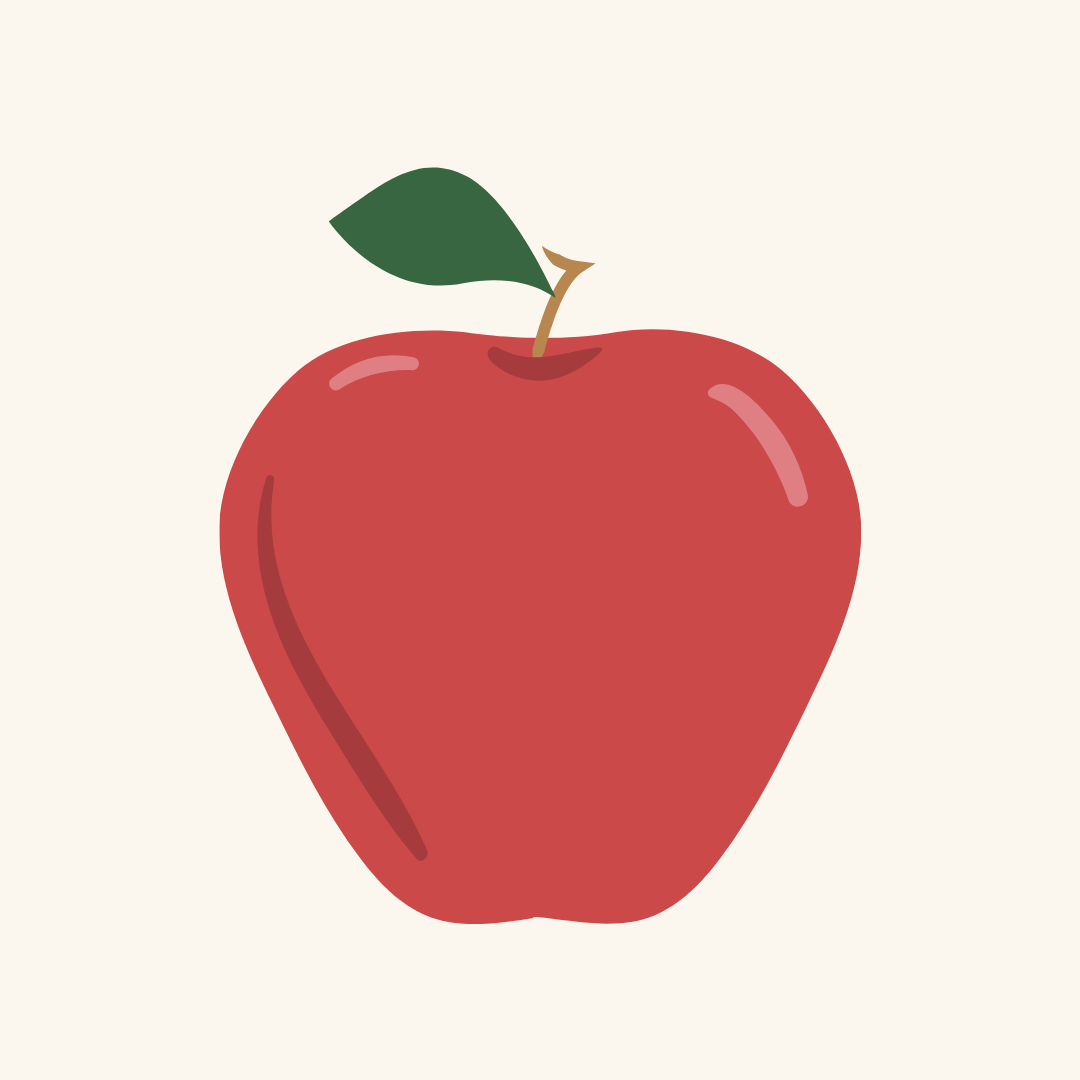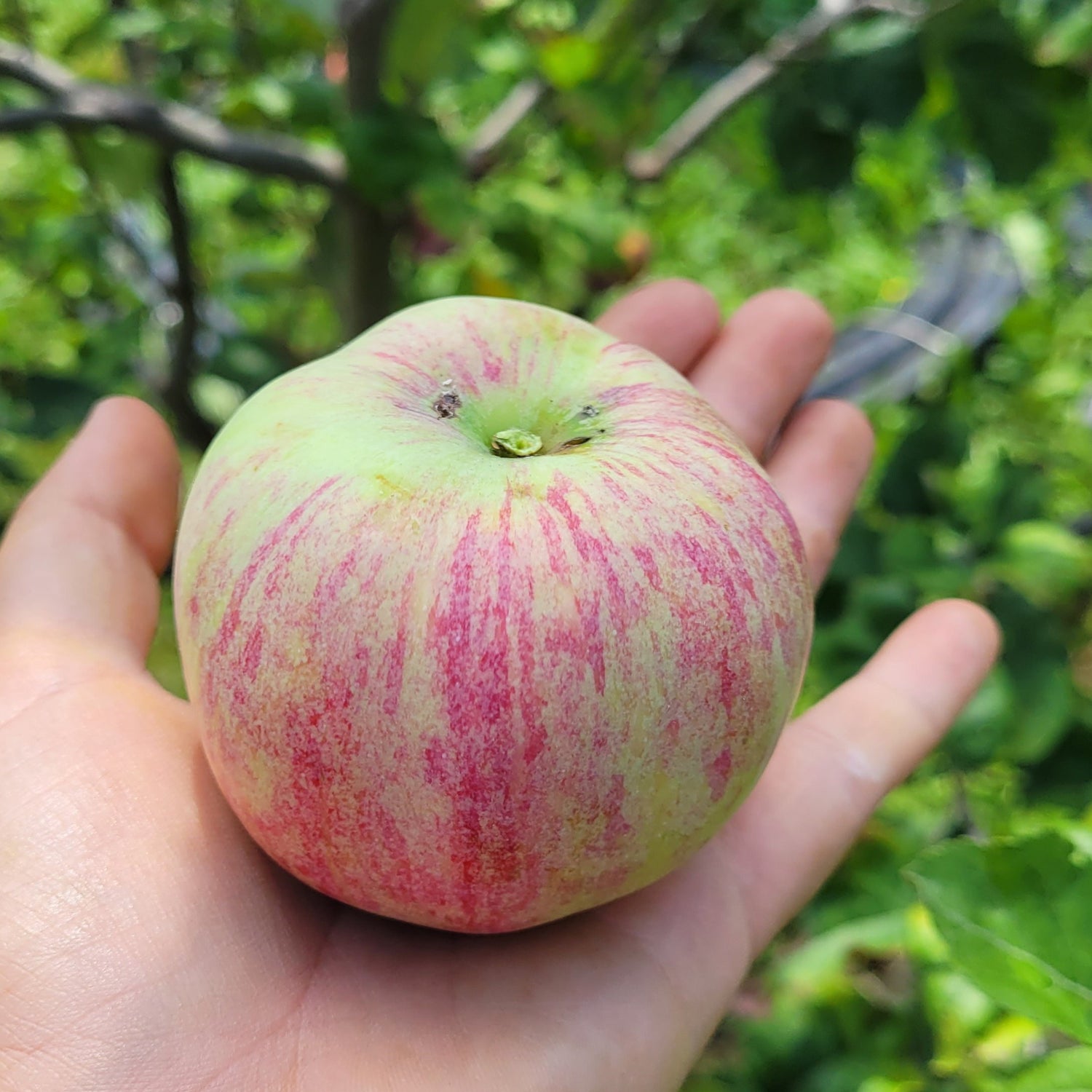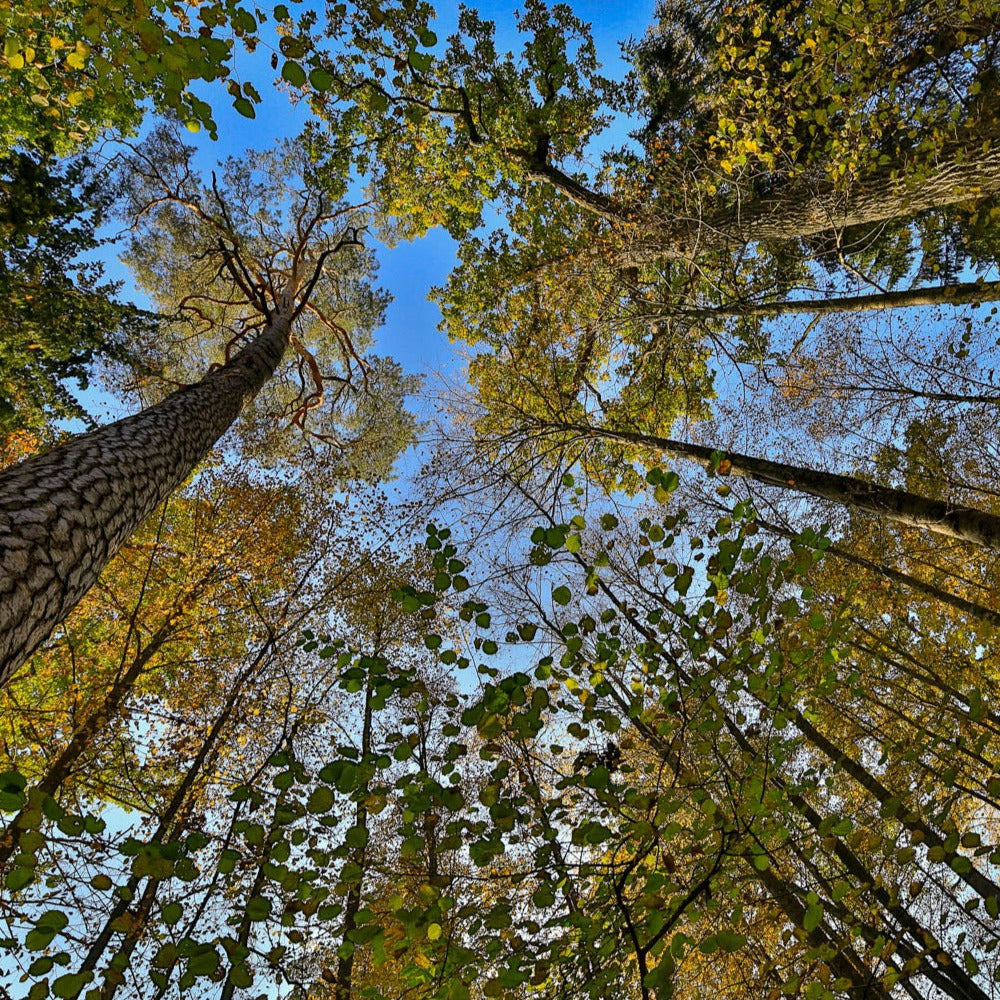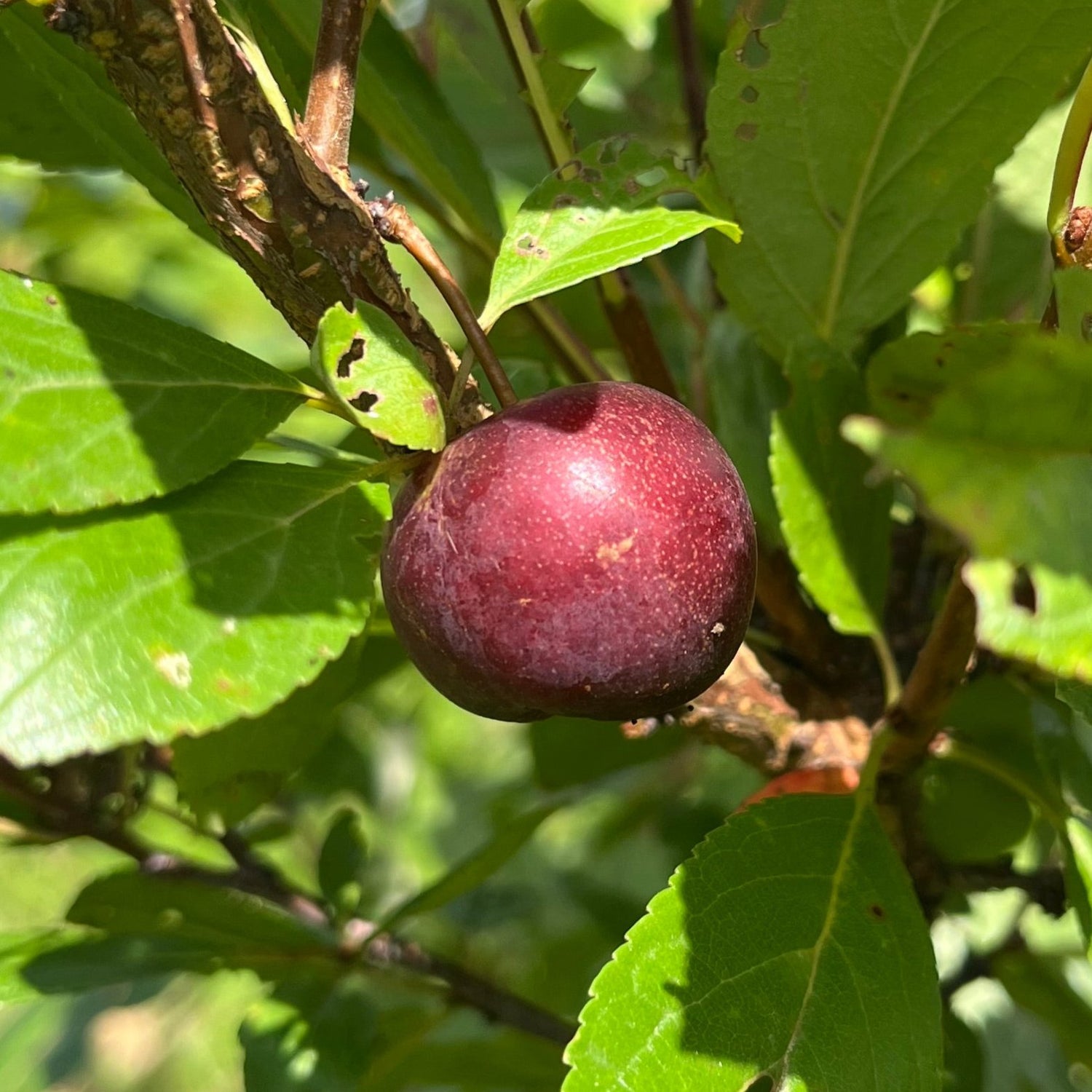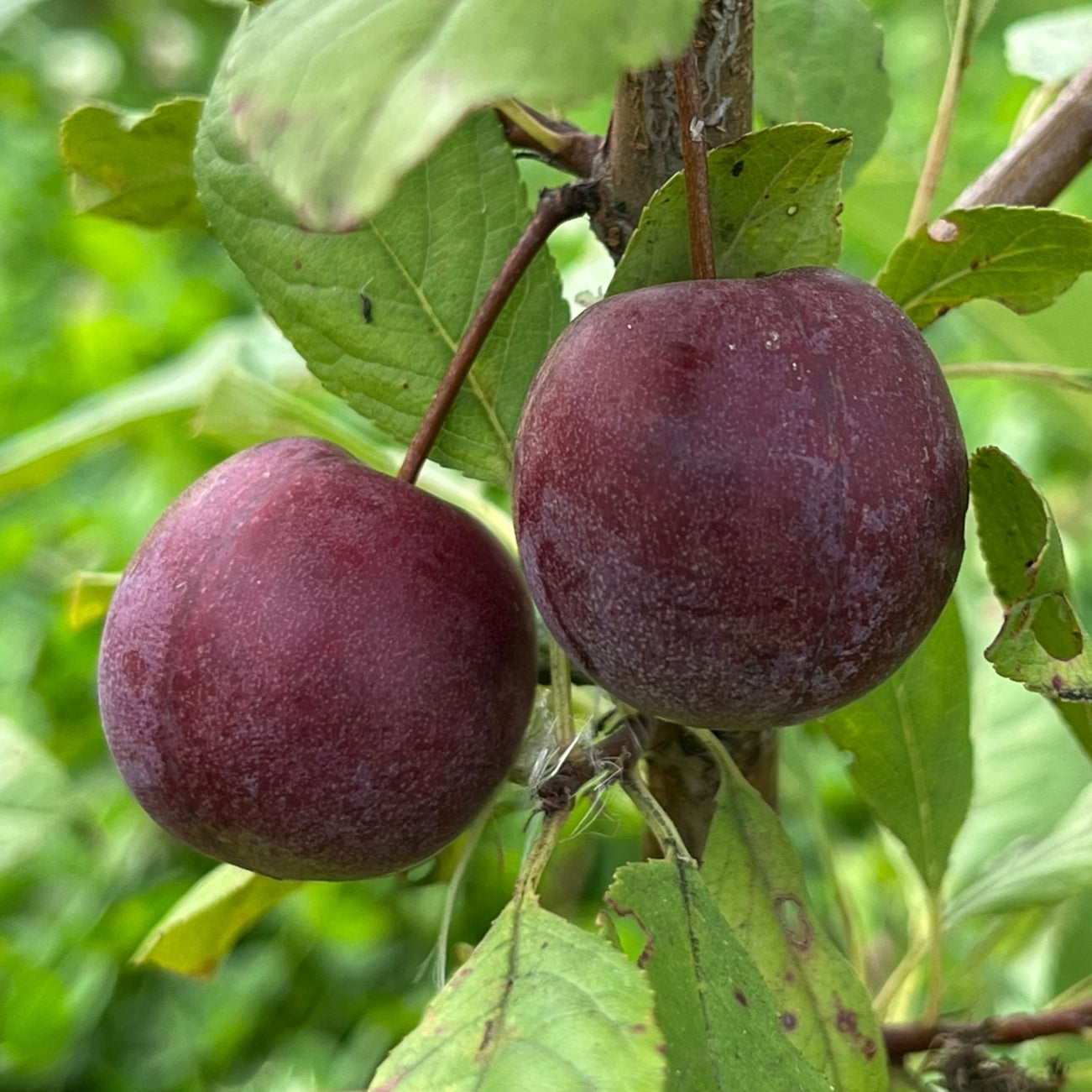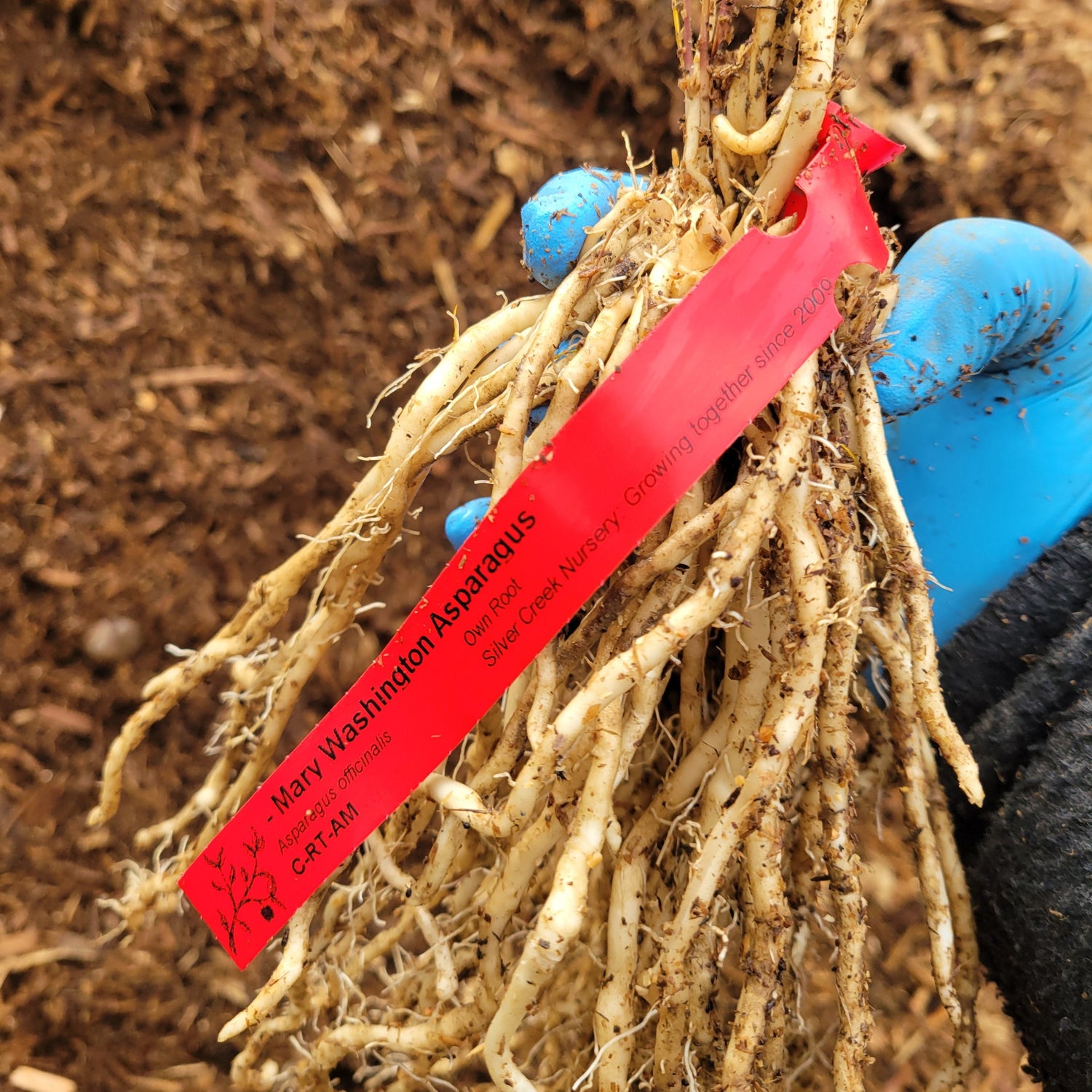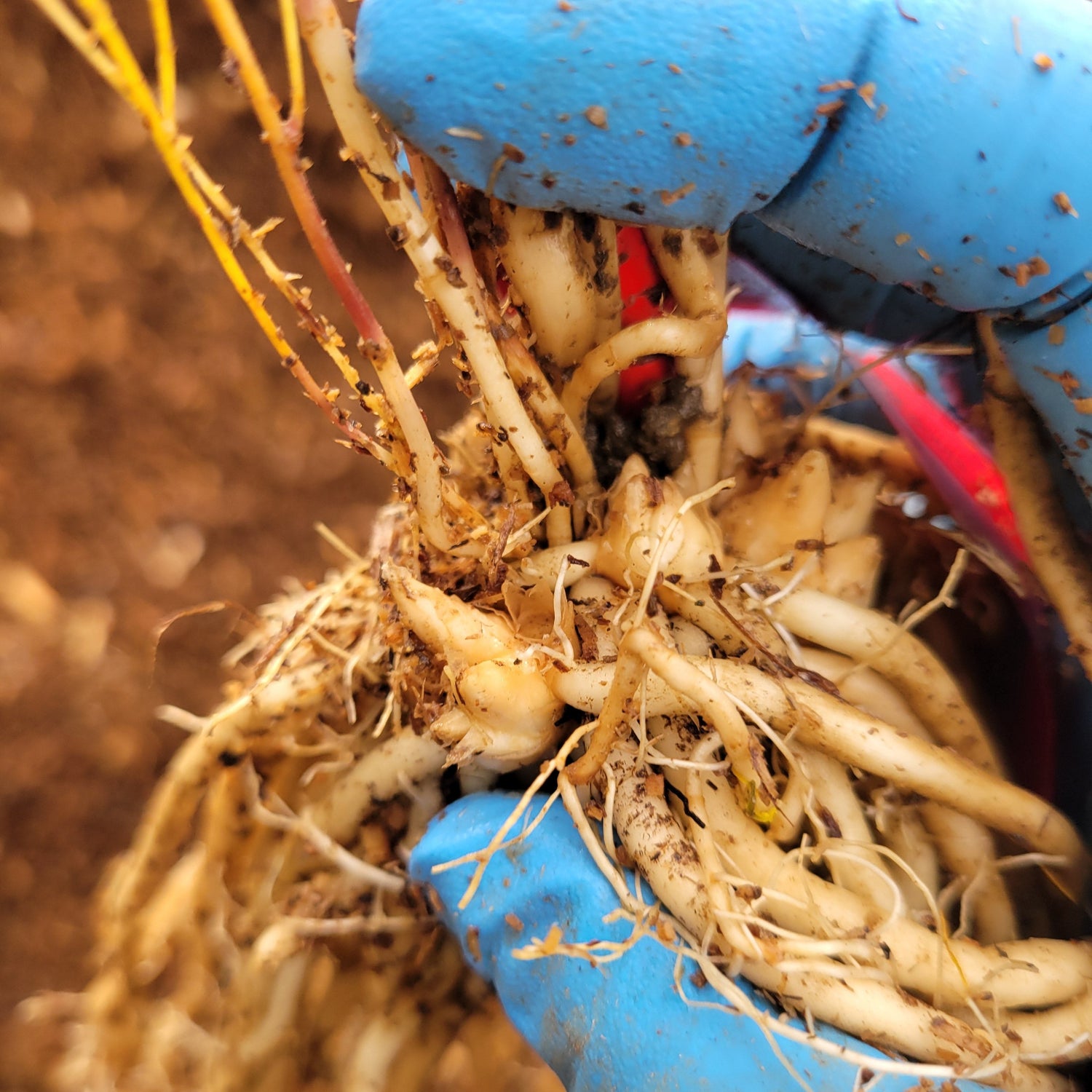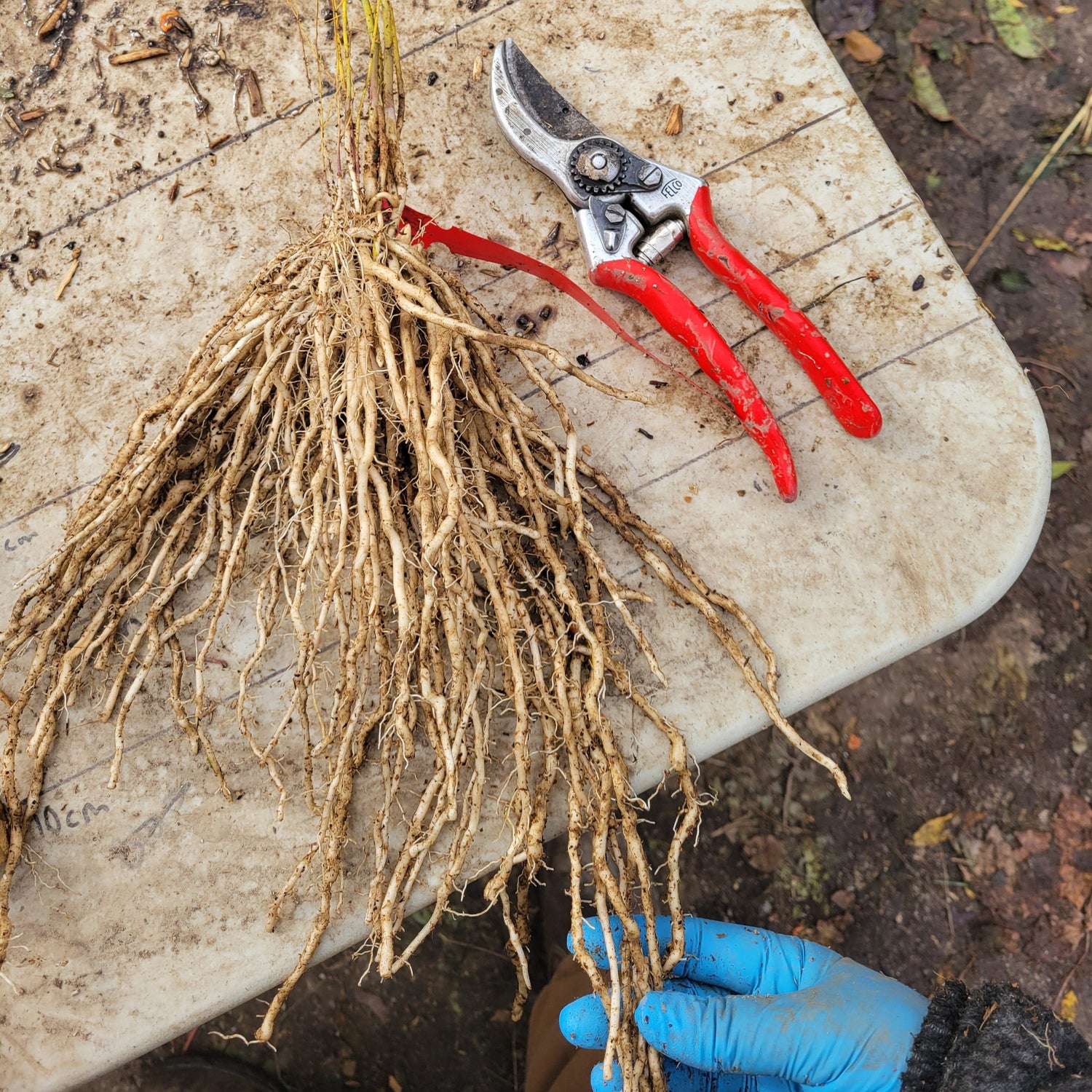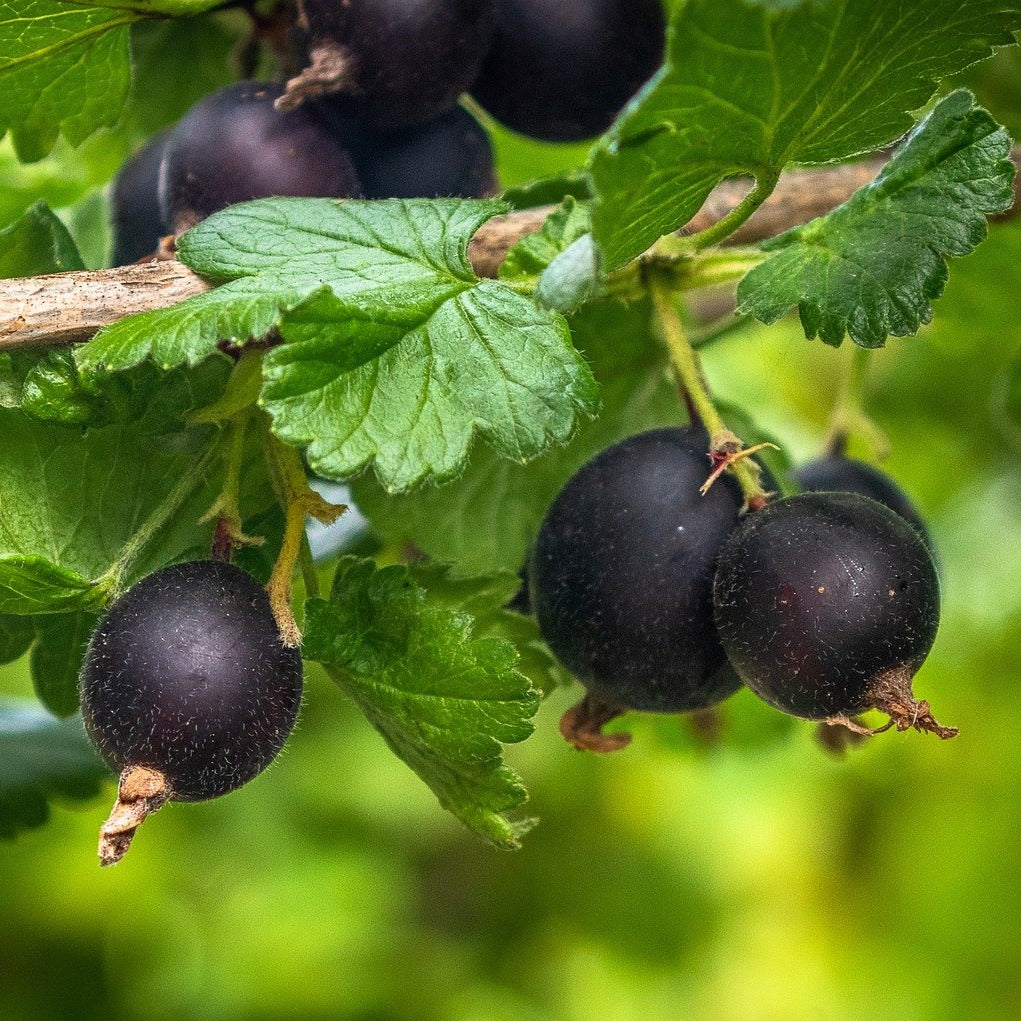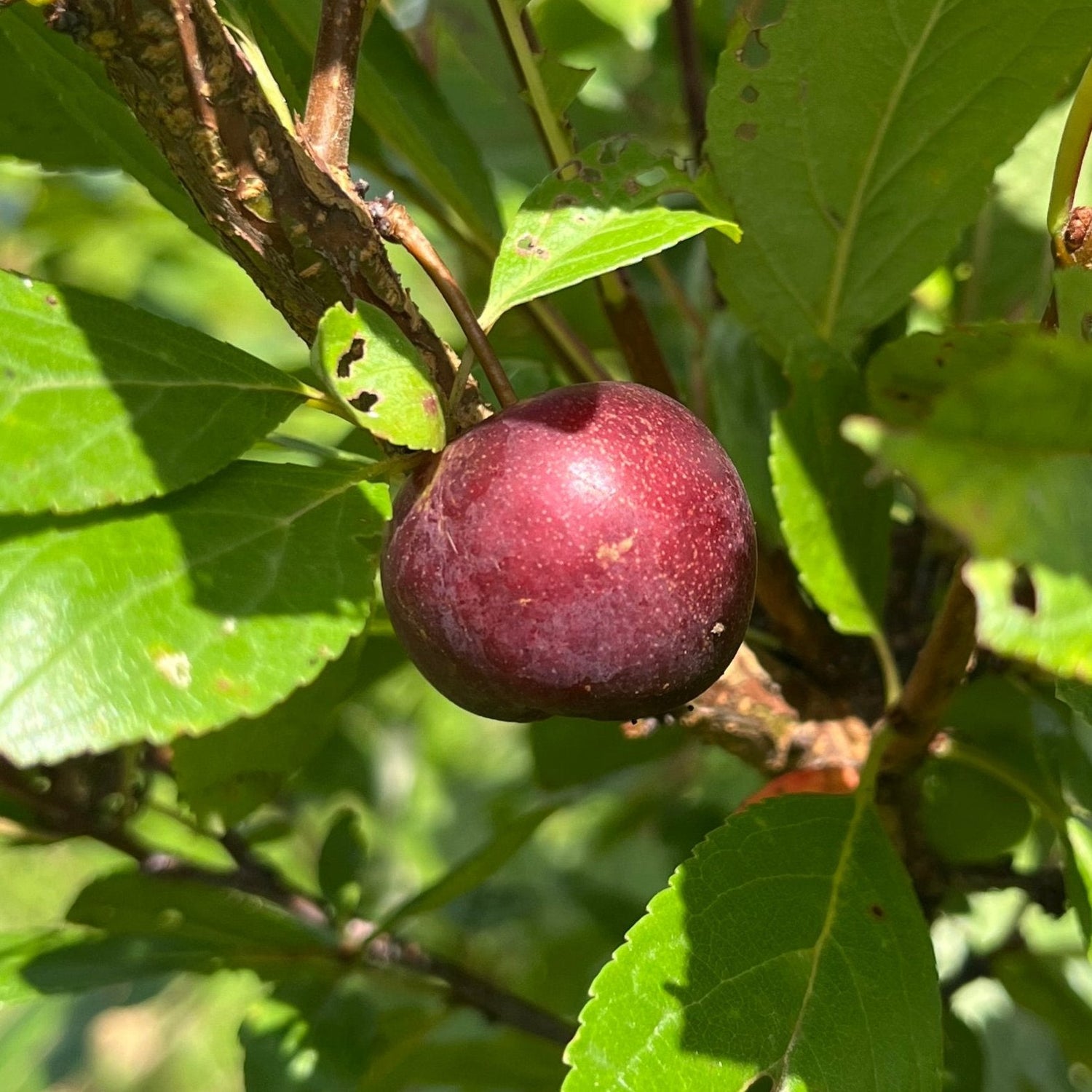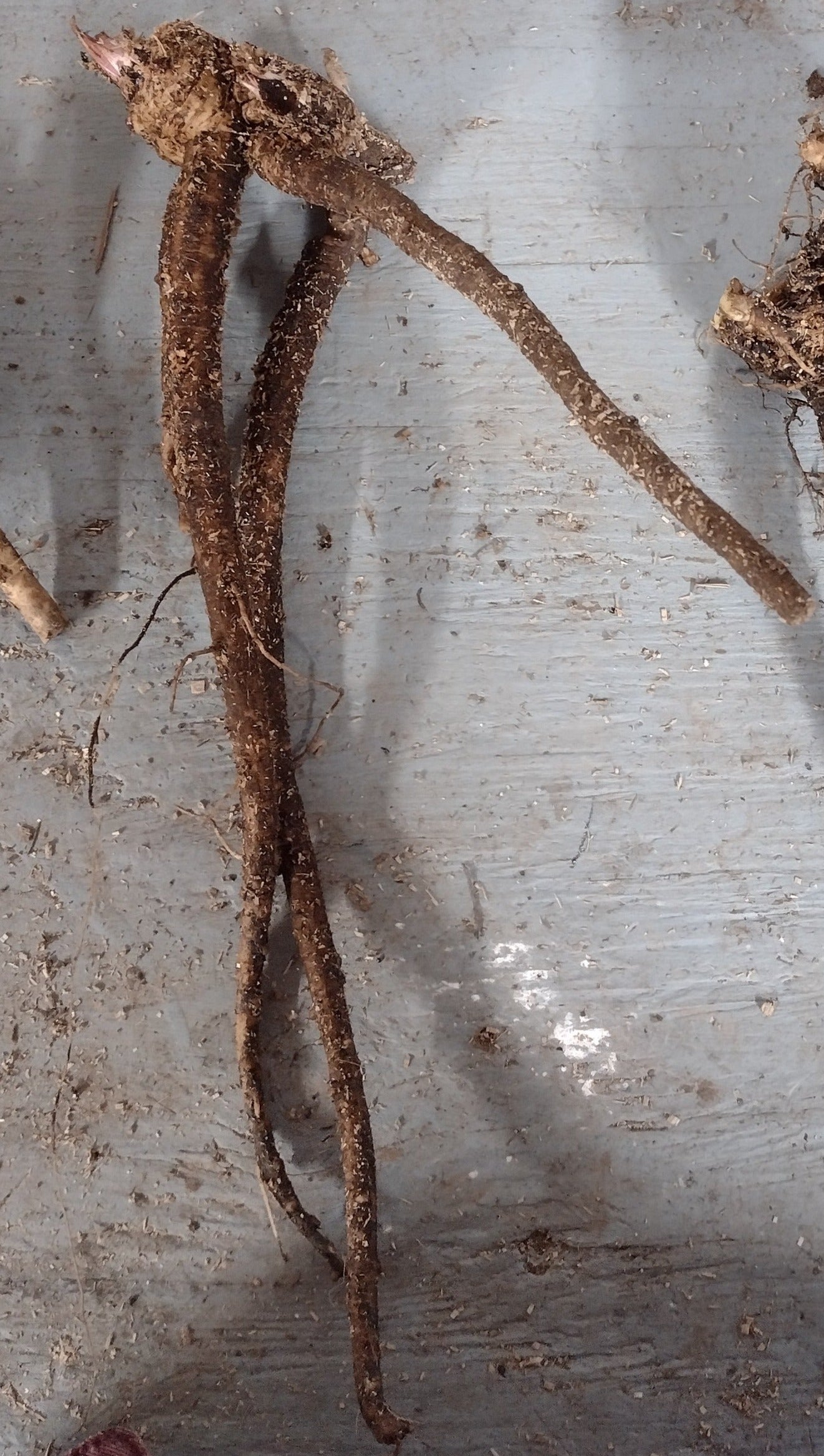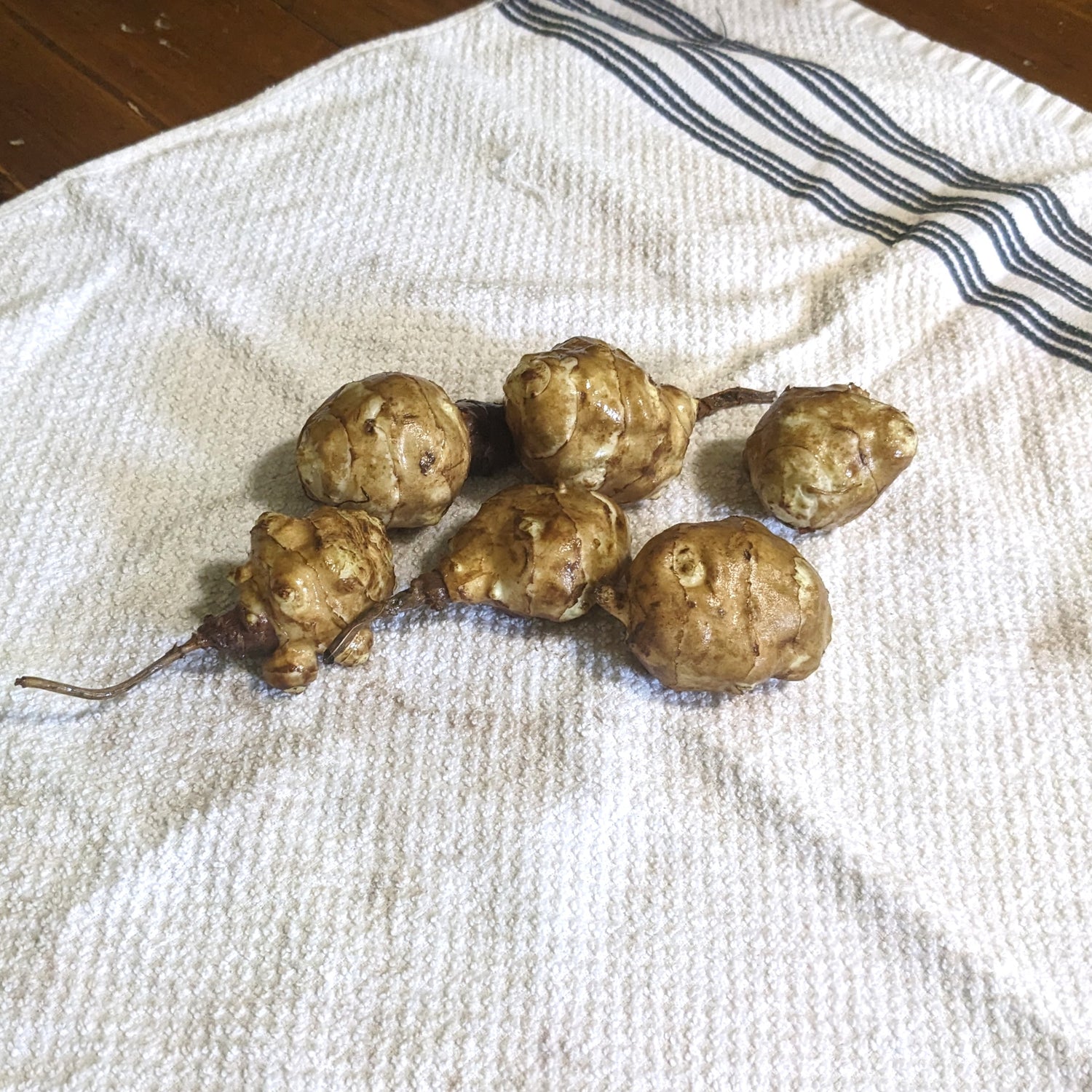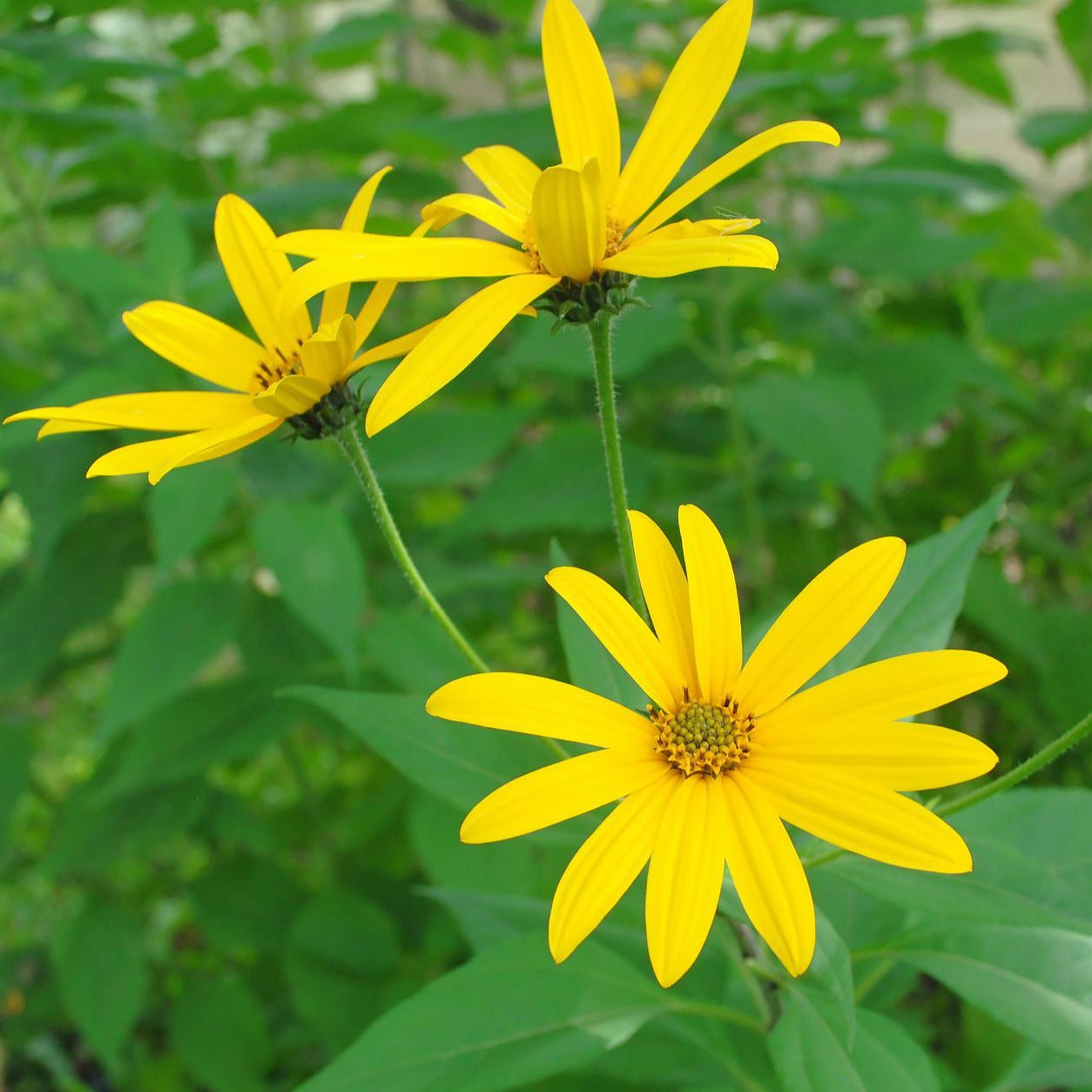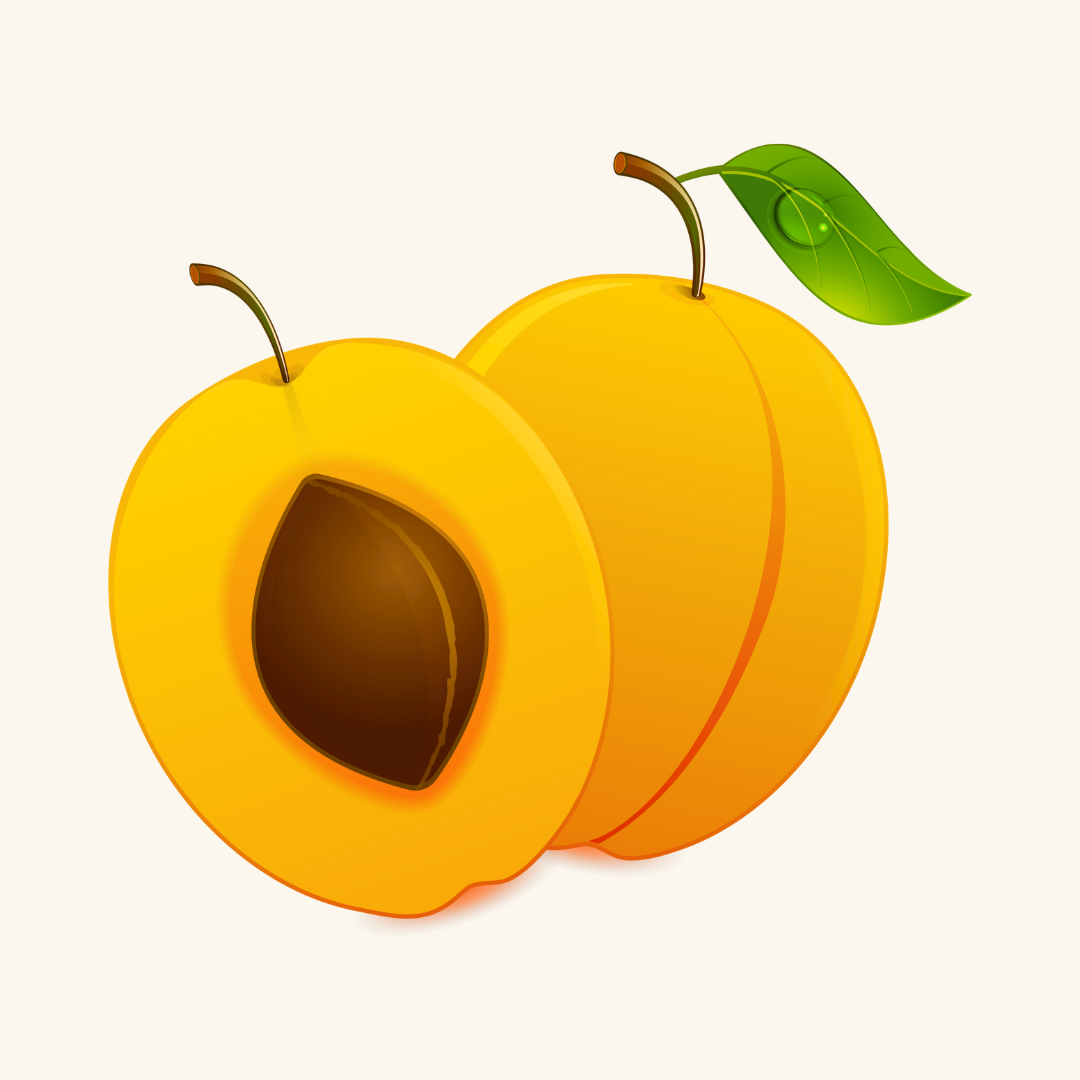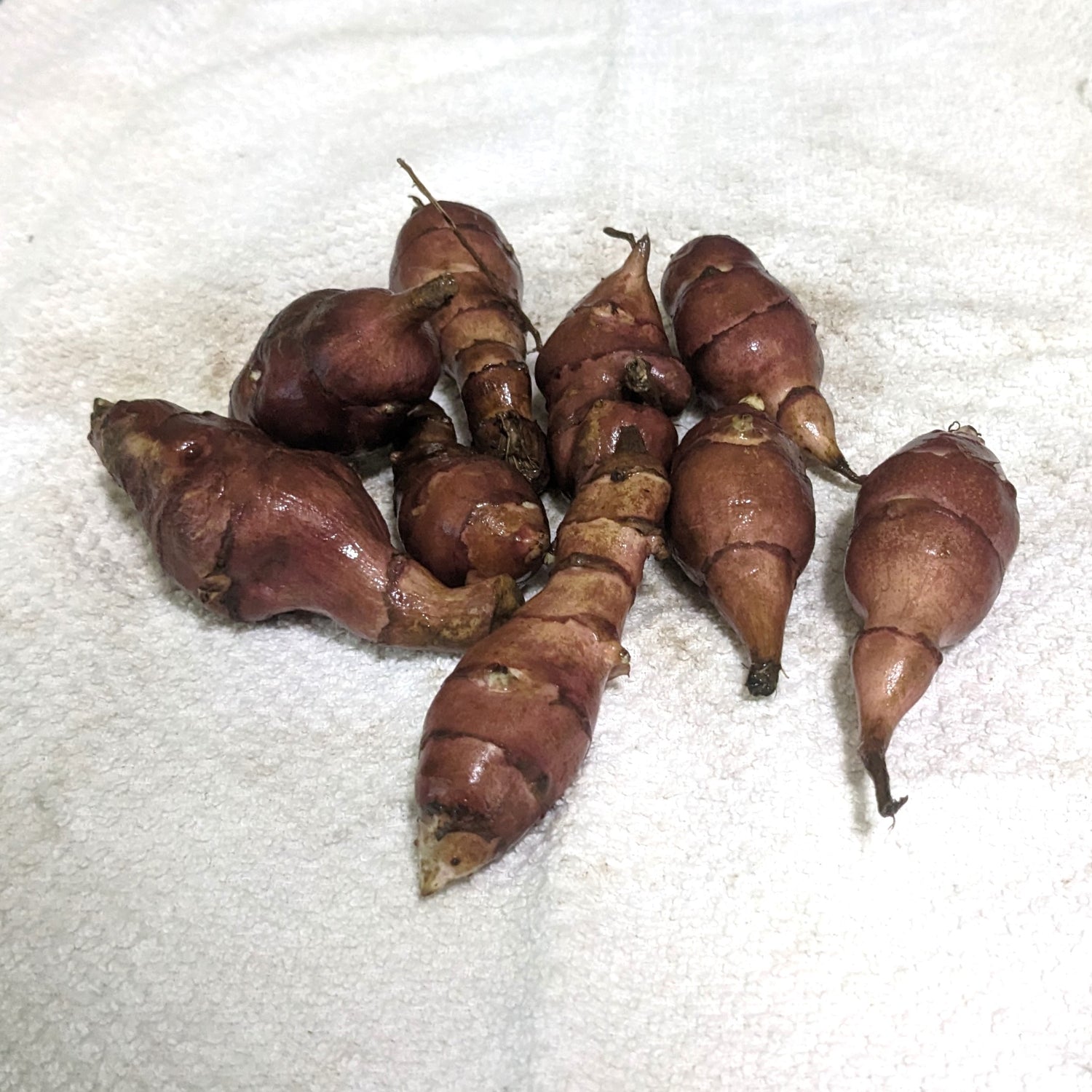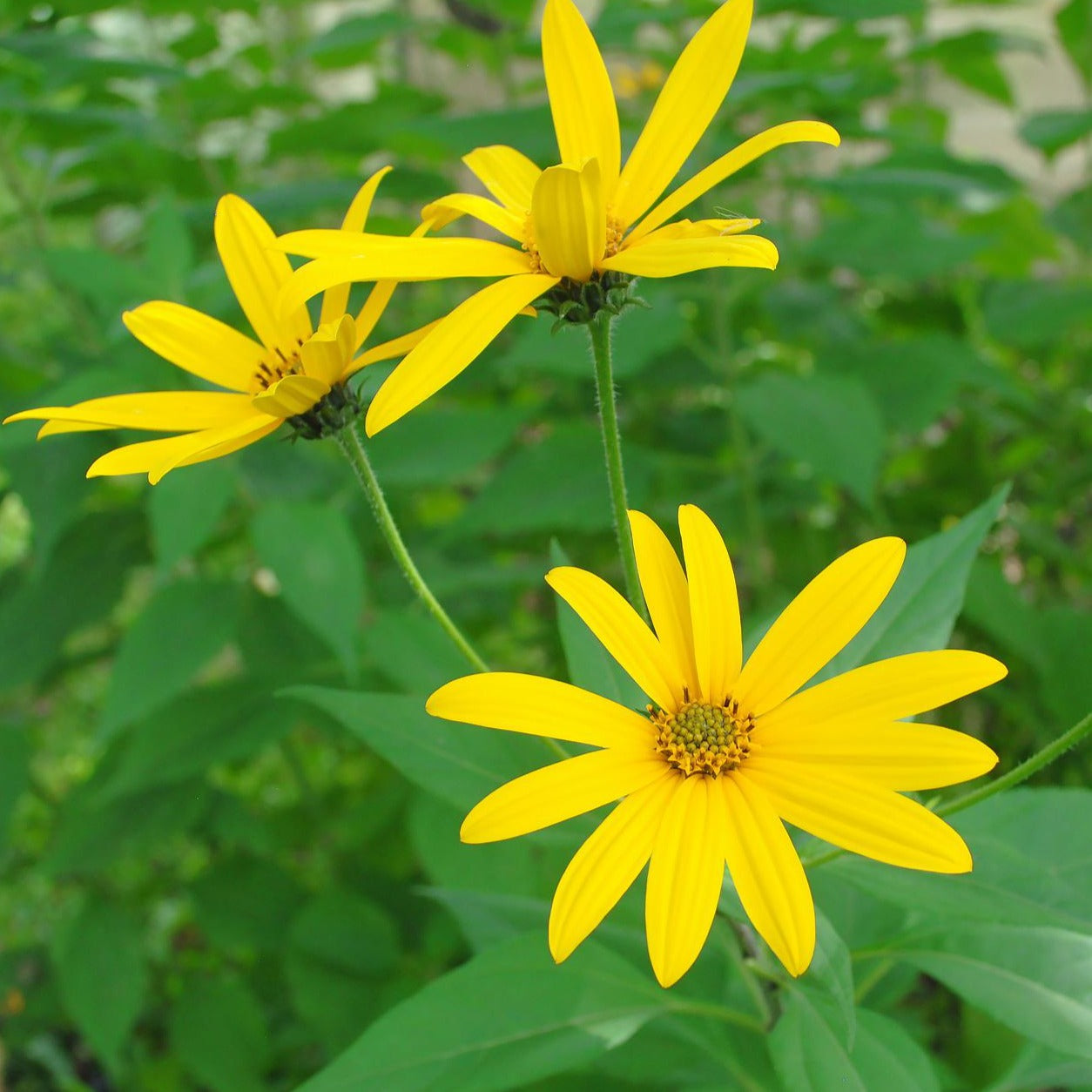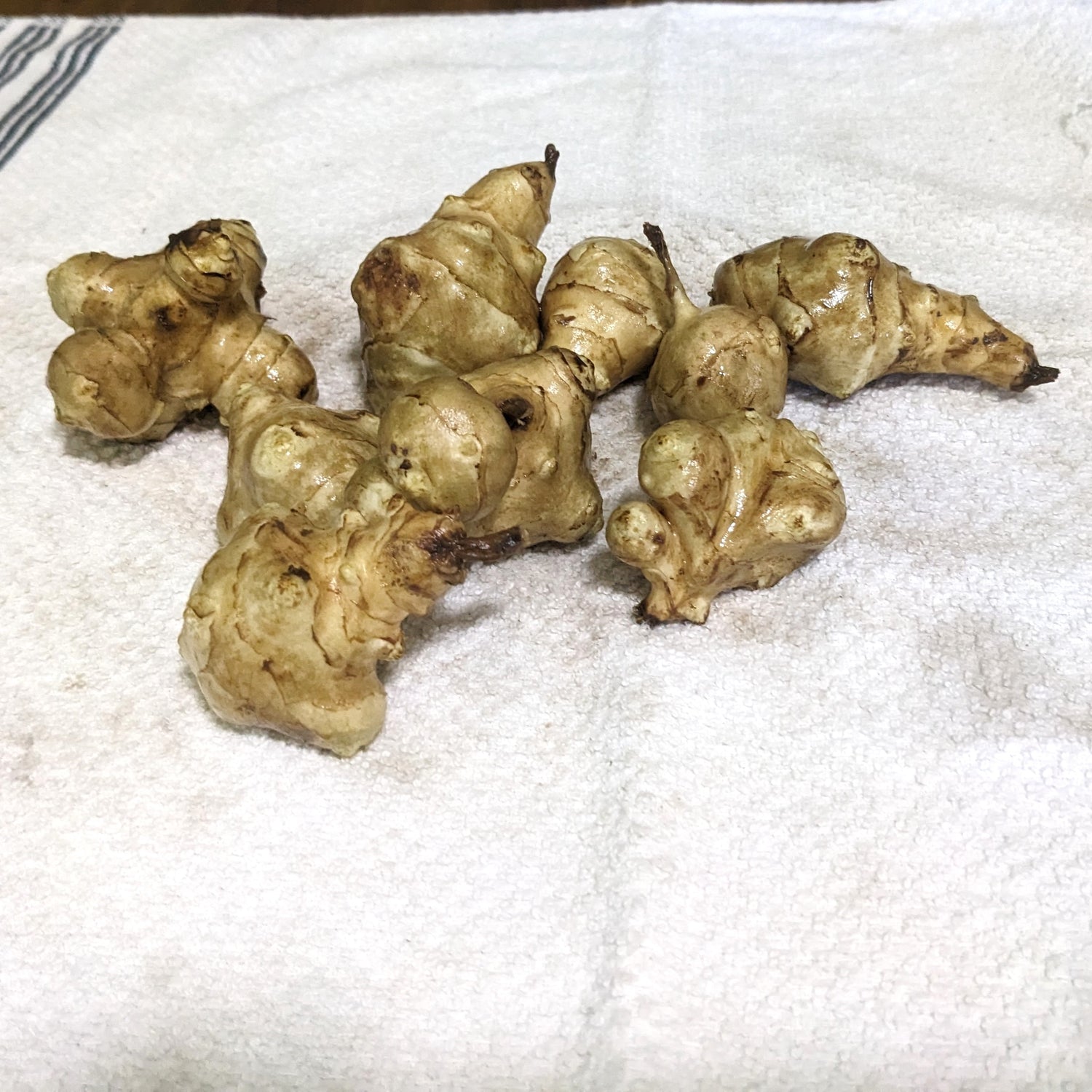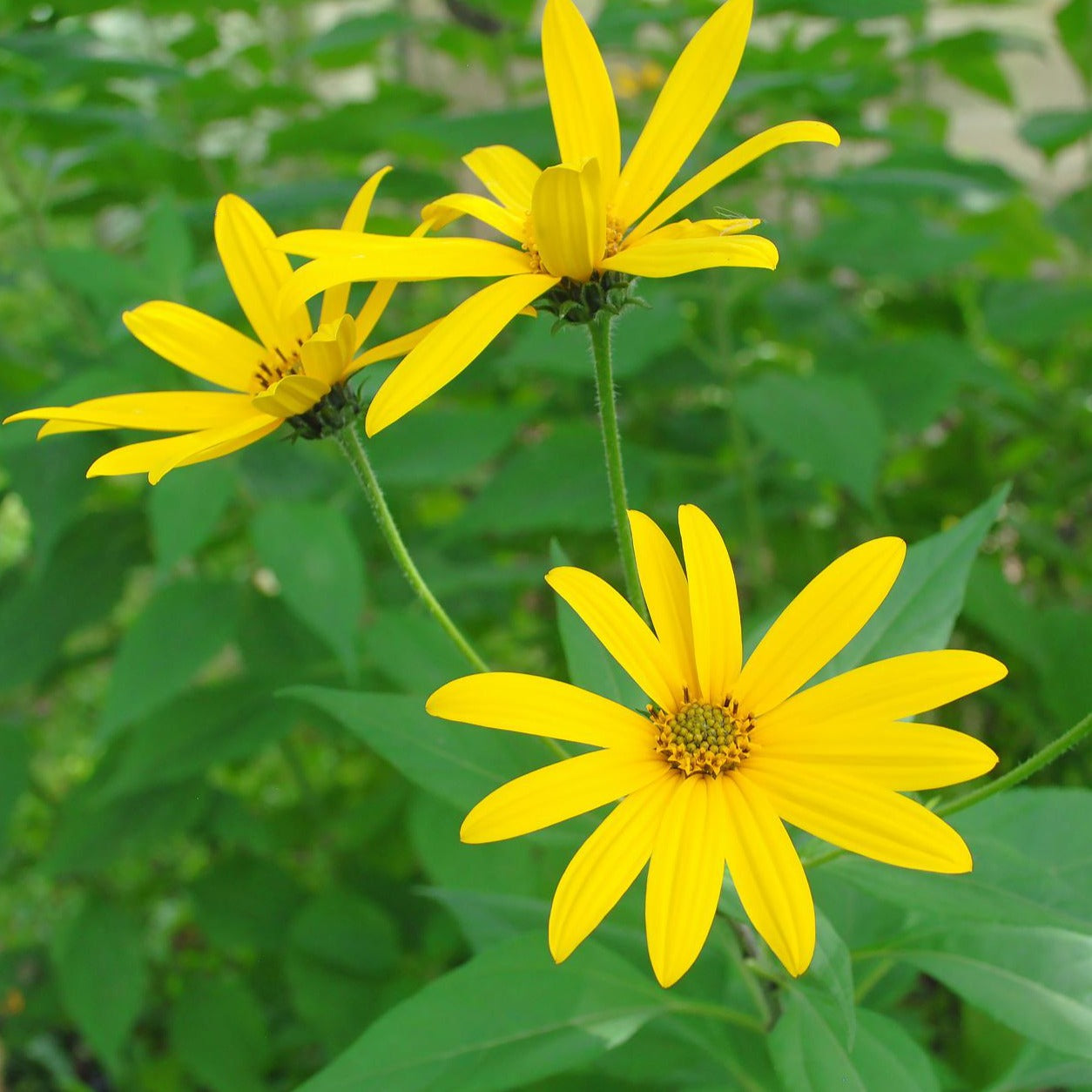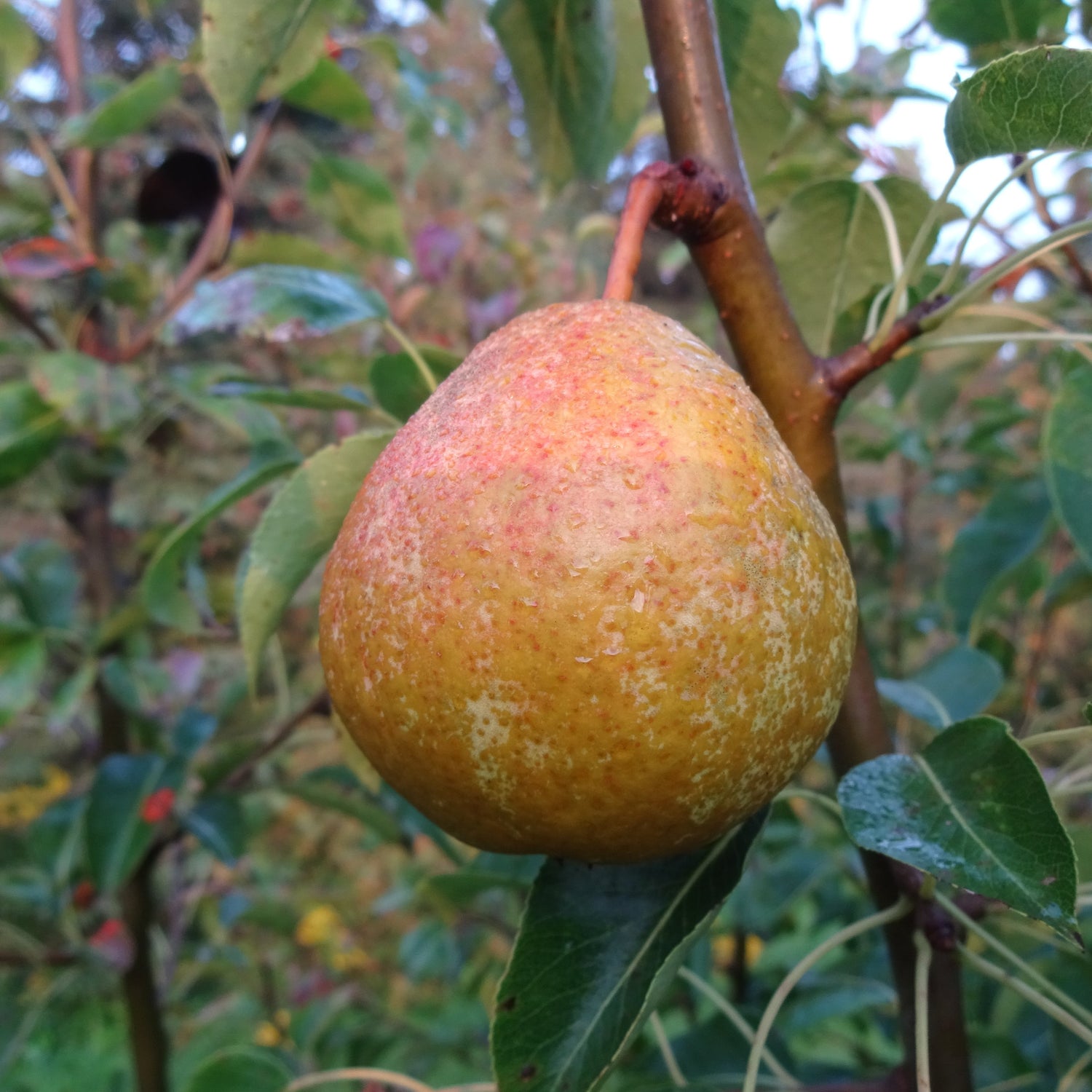All Zone 3 (or hardier) Plants
Sort by:
108 products
108 products
History: Cupid is a part of the Romance series of dwarf sour cherry bushes developed and released by the University of Saskatchewan in 2004. Their goal was to create cold-hardy, dwarfing bushes with good quality fruit. Cupid was likely selected for its good flavour and unusually large cherries, the largest in the Romance series.
Why We Grow It: These dark red, cold-hardy cherries have a sweet-tart flavour that can be enjoyed fresh for fans of a more astringent flavour or used for cooking, baking, and preserving. Cupid has the largest cherries of all the dwarf sour cherries in the Romance series and also ripens the latest, helping to extend the season.
Species: Vaccinium corymbosum
History: Patriot was developed by the USDA and Maine Agriculture Experimental Station where it was first bred in 1954. It was selected for its cold hardiness and resistance to root rot. Patriot was released in 1976 and given its name to mark the 200th anniversary of the signing of the Declaration of Independence.
Why We Grow It: Patriot produces large berries with excellent flavour that are a bit on the softer side. The fruit ripens early in the season and is great for fresh eating, baking, preserving, and freezing! It is more tolerant of the cold and of wet soils than other blueberries and can be grown even in a clay soil.
History: Norkent was bred as a cross between Haralson and Rescue at the Morden Research Station. It was one of tens of thousands of seedlings sent across the prairies as part of the Prairie Fruit Breeding Cooperative initiative by Agriculture and Agri-Food Canada in the 1960s. It was planted at the University of Alberta before being moved again to a backyard in Edmonton once the university ran out of space to it grow.
Why We Grow It: This pleasant and aromatic apple is one of the best fresh eating apples for colder climates! The flesh of this red apple is crisp and said to taste like a cross between an apple and pear.
History: Haralson apples were developed at the University of Minnesota in 1922 and named after Charles Haralson who was superintendent of the university's fruit breeding farm. It is one of almost 30 apple varieties the university has developed in its breeding program since it began in 1888.
Why We Grow It: The skin of this variety is striped red with russet dots and the flesh is white, juicy, and of pleasant albeit mild flavour. Haralson boasts excellent cold hardiness and general disease resistance.
Species: Prunus tomentosa
History: Nanking cherry is native to parts of China, Tibet, Korea, and Mongolia, and possibly northern India. It has long been cultivated in Asia for its tart fruit which is used in pickling, making wine, juice, and jam, and as an ornamental plant. It was introduced to Britain in 1870 and the US in 1892 where it is also planted in hedgerows as a windbreak. Breeding programs in the US, Canada, and Russia began in the 1920s to make the fruit more palatable fresh but by the 1940s interest had unfortunately waned.
Why We Grow It: Although more closely related to plums than cherries, Nanking cherry is great for a variety of uses including wine, juice, jam, and as an ornamental plant thanks to their attractive pinkish-white blossoms. Some enjoy eating the tart fruit fresh as well and they are also popular with birds and wildlife. Nanking cherries are hardy and tolerant of quite cold weather, making them an excellent option for most parts of Canada.
History: Parkland apples were variety created at the Morden Research and Development Centre in Manitoba and released in 1979. Like other varieties developed there, Parkland was designed to withstand the harsh prairie winters and is especially cold hardy. It has become the most commonly grown apple in Alaska after it was brought over in 1985 in an effort to determine which Canadian varieties could survive in the northern state.
Why We Grow It: Parkland is a very satisfying early season apple - sweet and crunchy. It's excellent snacking or applesauce although the fruit is small (about 2" diameter) with creamy flesh and red skin. The tree is quite hardy.
Species: Helianthus tuberosus, Sunchokes are also known as Jerusalem Artichokes or J Chokes
History: Little is known about the origins of Clearwater aside from the fact that it originated in Maine, possibly as a wild plant found in 1988.
Why We Grow It: Clearwater produces smooth, white tubers with a mild flavour that some say borders on sweet. This is a productive variety and the smoothness of the tubers generally makes them easier to clean. Sunchokes can be prepared and eaten in much the same way potatoes can, making them a very versatile food.
History: Westland apples were developed at the Alberta Special Crops and Horticultural Research Centre in Brooks, Alberta and introduced in 1979.
Why We Grow It: This medium sized pie apple is cold hardy, excellent for the prairies and northern regions. The fruit is large and a pale yellow-ish green with red flush and stripes.
History: Norhey comes from the Morden Research Station, Agriculture Canada. It was created by Dr. C. R. Ure in the 60's to survive the harsh prairie winters. It was introduced in 1975.
Why We Grow It: It seems Dr. Ure was successful since this is about the hardiest apple we've come across. The fruit has green skin that turns yellow after picking. It's fair for fresh eating, good for cooking and juicing with sweet, sub acid flavours and creamy crisp flesh. The tree has consistent, heavy crops.
History: This cold-hardy apple was developed in the prairies and is for growing in colder, northern areas.
Why We Grow It: This unique apple produces a yellow fruit with red stripes. It is a rather uncommon variety and is great for sauce. It has begun producing reliably in our test orchard the last few years, and always has a bountiful crop.
Species: Alnus incana (likely subsp. rugosa)
History: Native to large portions of the Northern Hemisphere including parts of North America, Europe, and Asia, this widespread tree is often divided into six subspecies. We likely offer Alnus incana subsp. rugosa but with seedlings it is hard to say for sure. Indigenous people have used these trees for medicine and dyes, and they can also be used for erosion control. This subspecies in general is unique for its cold hardiness and ability to fix nitrogen, making it a useful companion plant in permaculture settings.
Why We Grow It: Named for the white lenticels that dot the reddish-gray bark, Speckled Alders can make a useful addition to a permaculture with their ability to fix nitrogen. However, keep an eye on this tree as it tends to spread via suckering (sending up new shoots) and layering (branches rooting into the ground) and can form dense thickets.
History: Fallawater originated in Pennsylvania sometime before 1842, possibly from seeds brought by European colonizers. At one time it was quite popular in the southern United States. This variety has over twenty different names, many of which resemble Fallawater such as Fallenwalder, while others are more fun and unique like Molly Whopper, Green Mountain Pippin, and Prim's Beauty of the West.
Why We Grow It: No matter which name this variety goes by, you can always expect a large, attractive apple with a mildly sweet flavour. Fallawater is an excellent sauce and cooking apple and the fruit stores for a long time.
Species: Prunus pumila var. besseyi (Western sandcherry) x P. salicina (Japanese Plum)
History: Manor was developed at the Morden Research Station in Manitoba and released in 1945.
Why We Grow It: Manor produces a small plum with skin that is nearly black when ripe and purplish-red flesh. When ripe, the fruit is quite sweet and good for fresh eating! Some prefer to pick it when it is still a little unripe and a bit firmer since it is more astringent and lends itself well to uses such as baking, preserving, and making wine. The shrub stays smaller than other chums but starts bearing fruit at a young age and is known for being quite productive.
Species: Prunus pumila var. besseyi (Western sandcherry) x P. salicina (Japanese Plum)
History: Sapa (translated as 'black' from Lakota) was developed at the South Dakota Agricultural Experiment Station in the US by renowned plant breeder N. E. Hansen and released in 1908. His goal was to create plants hardy enough to grow in the harsh, northern prairies and was one of the first people to start breeding chums. Hansen had a tendency to name his native plant crosses after words from indigenous cultures of the area, choosing the Lakota word for 'black' in this case due to the dark colour of the fruit.
Why We Grow It: This small, hardy shrub produces purplish fruit with mauve flesh that has a sweet flavour with some tartness. It is good for fresh eating along with a variety of other uses such as cooking, baking, and preserving. It is also quite productive and tends to start bearing fruit at a young age!
Species: Prunus pumila var. besseyi (Western sandcherry) x P. salicina (Japanese Plum)
History: Convoy was released by Boughen Nurseries in Manitoba in 1941. Like other chums, it was bred to produce a fruit with the hardiness of the western sandcherry but the fruit quality of a Japanese plum. Convoy was likely selected for being sweeter than most other chums.
Why We Grow It: Always on the lookout for unique trees, we are happy to offer chums! Convoy is a hardy shrub that produces a clingstone red fruit with yellow flesh. It has a mild sweet flavour that is good for fresh eating but it can also be used for baking, preserving, and canning. The shrub is generally resistant to plum diseases.
History: Generally just known as Gravenstein, it is unknown when or where exactly these apples came from but they were imported from France to Denmark in the 1600s by Count Frederik the Younger and planted at the summer residence of the Danish royal family, Gråsten Palace. As a result the variety was named Gråsten (Danish for graystone) which translates to Gravenstein in German. This apple has been popular in Canada since the 1820s, particularly in Nova Scotia, and provided the dried apples and applesauce for American soldiers during WW2. In 2005 it was declared the national apple of Denmark.
Why We Grow It: Yellow Gravenstein's excellence as a fresh eating and cooking apple makes it easy to see why it is grown in so many different countries, even if the tree is slow to bear fruit and is prone to many common fruit tree diseases (although we haven't had much issues growing it here). It has a great sweet/tart flavour and is crunchy and juicy. The fruit is a nice yellow with red striping.
Species: Asparagus officinalis
History: The parent of these seedlings, Mary Washington, was introduced by the US Department of Agriculture in California in 1949. It remains one of the most popular varieties of asparagus in the US today. These seedlings may vary from their parents but should bear similar traits!
Why We Grow It: We love offering seedlings as a way to add some diversity to the plants being grown! The parent variety Mary Washington is known for producing large quantities of uniform spears in the spring. They have an excellent nutty and buttery flavour and are known for being resistant to rust. They are hardy against both cold and heat.
2025 Staff Favourite
Jostaberries are Wayne's favourite this year! He enjoys them because "they have the best qualities of both black currants and gooseberries."
All Staff Favourites are 20% off. The Staff Favourite Discount cannot be combined with other quantity discounts.
Species: Ribes x nidigrolaria, a cross between Ribes nigrum (black currants), Ribes divaracitum (black gooseberries), and Ribes uva-crispa (European gooseberries)
History: Jostaberries were created in West Germany in 1955 by Dr. Rudolph Bauer, although attempts to cross these three plants had begun as early as 1883 without success. They were eventually released to the public in 1977.
Why We Grow It: Jostaberries are a unique cross between three plants: black currants, black gooseberries, and European gooseberries. The berries taste like gooseberries at first and transition to a black currant taste as they ripen and darken.
History: This McIntosh type apple was developed in New Jersey at the Rutgers Agricultural Experiment Station in 1956. It was released commercially in 1971.
Why We Grow It: For McIntosh lovers this is a great apple to grow since it ripens before actual McIntosh apples. It is a bit more tart than McIntosh which makes it great for cooking, baking, and applesauce. It is recommended to use a thickener when baking pies since the flesh cooks down quickly. This tree is also a good cropper.
Species: Prunus pumila var. besseyi (Western sandcherry) x P. salicina (Japanese Plum)
History: Dura was developed at the Morden Research Station in Manitoba and was released in 1942.
Why We Grow It: Dura produces small red fruit with sweet mauve flesh. They are good for eating fresh along with cooking/baking, preserving, and juice! This hardy shrub is generally disease resistant and is naturally dwarfing.
Species: Inula helenium
History: Elecampane is native from Spain all the way to parts of China and has become naturalized in parts of North America. It has traditionally served a variety of purposes including being used to treat snake and spider bites by the Ancient Greeks, to test if honey has spoiled by the Ancient Romans, as a candied snack in Medieval Europe, and to make absinthe. Throughout its long history it has provided various medicinal uses as well. It also has quite the storied past, with the species name referring to the myth that the plant sprung up from the tears of Helen of Troy while the Celts associated it with fairies and elves.
Why We Grow It: Although not commonly used medicinally today, it still provides some novelty to the garden. The small, yellow flowers resemble those of asters to which it is related. The flowers attract pollinators and the roots, like comfrey, are good at mining nutrients from deeper in the soil.
History: This apple was developed in New York in 1974. It has never achieved major popularity but remains a curiosity due to the deep red colour of its skin which causes the flesh inside to become stained pink.
Why We Grow It: Along with its visual appeal, this apple boasts a sweet, sub-acidic flavour that makes it suitable for both fresh eating and making cider. Although these apples don't store well, the fruit hangs onto the tree for three weeks which helps to keep it available a little longer.
Picture of Burgundy apples on the tree courtesy of Shannon McInnis
Species: Helianthus tuberosus, Sunchokes are also known as Jerusalem Artichokes or J Chokes
History: Stampede apparently originated on a reserve in northern Ontario where indigenous peoples had been cross-breeding the earliest flowering sunchokes they could find. They succeeded with Stampede which is an early flowering and ripening variety. In 1978, only two tubers were sent to Johnny's Selected Seeds in Maine, producing enough tubers by the end of the year that the nursery was able to introduce the new variety commercially in 1979.
Why We Grow It: Stampede is an extremely productive variety and produces relatively large, if somewhat knobby, white tubers. Like other sunchokes, Stampede can be prepared and eaten in a variety of ways, similar to the many ways you can use a potato! The early flowering and ripening time of this variety is great for anyone with a limited growing season.
Why We Grow It: Purple Passion produces a large apple with reddish-purple skin and crimson flesh. The flavour is quite sharp, making it better suited for cooking and especially cider. This juicy apple can be pressed into a crimson cider that is visually quite appealing. The tree also boasts attractive pink blossoms and red-tinged foliage, making it a nice ornamental tree as well.
History: Brookgold was developed at the Crop Diversification Centre South in Brooks, Alberta and was named for the town and its golden colour. It was introduced in 1979.
Why We Grow It: Brookgold, like other fruit varieties developed in the prairies, is very cold hardy! Although there is sometimes a trade-off between cold hardiness and fruit quality, this variety still produces small yellow freestone plums that are very sweet, making them great for fresh eating and good for canning and preserving.
Species: Helianthus tuberosus, Sunchokes are also known as Jerusalem Artichokes or J Chokes
History: Beaver Valley Purple was introduced by heirloom vegetable gardener William Woys Weaver in the latter half of the 1900s. When he visited Sarah Morgan, a cook and gardener, at her home in Beaver Valley, Pennsylvania, she showed him the unique purple sunchokes growing in her garden. According to Morgan, the purple sunchokes had been growing on the property when her husband purchased it in 1920 and locals already considered it an heirloom variety at that time. Weaver, a fan of heritage vegetables, named the variety and began to offer it through the Seed Savers Exchange.
Why We Grow It: Beaver Valley Purple produces a unique reddish-purple tuber that is visually quite distinct from other sunchokes. Sunchokes, similar to a potato, can be prepared and eaten in a variety of ways!
Species: xSorbopyrus irregularis (Pyrus communis x Sorbus aria), also referred to as xSorbopyrus auricularis although this name is no longer correct
History: Shipova is a unique cross between European pears and Common Whitebeam* (Sorbus aria) which readily hybridizes with many other fruiting plants in the rose family. As a surprise hybrid, the history of Shipova is a little foggy. This cross supposedly appeared, or was perhaps planted, at Bollwiller Castle in France in the 1600s and was called Bollwiller Pear. It was cultivated in gardens in the late 1700s and early 1900s. It may have also originated in Yugoslavia and is popular in Eastern Europe today. Shipova was first brought to the US in 1959 and was imported from Yugoslavia. Today, it appears to remain something of a novelty in North America.
Why We Grow It: Shipova is a truly unique fruit tree and it is a shame that it is not grown more commonly. They are quite cold hardy and relatively disease-resistant. The trees produce clusters of small, round fruit that resemble pears. They are dense and crisp with a sweet flavour reminiscent of tropical fruits.
*Many places list Shipova as a cross between European pears and Mountain Ash. More precisely, the genus Sorbus is the Mountain Ash genus and the specific tree that is the parent of Shipova is the species Sorbus aria, commonly known as Common Whitebeam
Species: Helianthus tuberosus, Sunchokes are also known as Jerusalem Artichokes or J Chokes
History: Corlis Bolton Haynes discovered a wild sunchoke growing on the farm her parents purchased in 1925 and then spent over sixty years selectively planting the biggest and smoothest tubers in order to improve on the plant. Corlis sadly passed away in 2003 but her family maintains the tradition of only replanting the biggest and best tubers.
Why We Grow It: This variety produces large, white, knobby tubers that like a potato can be prepared and eaten in a variety of ways! This variety is quite productive and the tall plants can be used as a temporary windbreak and/or privacy screen.
Why We Grow It: It is easy to see why growers were so eager to overlook Viking's scab susceptibility, its flavour providing a sweet-tart taste with notes of rose and lychee. It is an excellent all-purpose apple that can be used for cooking, baking, sauce, and cider. Its great flavour and utility is matched by its attractive appearance, the large fruit featuring dark red skin bordering on maroon. However, it does bruise easily and brown quickly and only stores for about a month at most.
History: Luscious was developed at South Dakota State University as a cross between Ewark and South Dakota 31 in 1954. This goal was to create trees suitable for areas like the Northern Great Plains. Luscious was introduced in 1973, likely selected for its cold-hardiness and excellent flavour.
Why We Grow It: Luscious produces small to medium yellow fruits with an attractive red blush. The fruit is quite sweet, great for fresh eating and cooking/baking! This is an excellent option for fans of Bartlett who are looking for a versatile and cold hardy variety! Luscious also has value as an ornamental tree, producing white blooms and glossy green leaves that turn a nice red in the fall.



